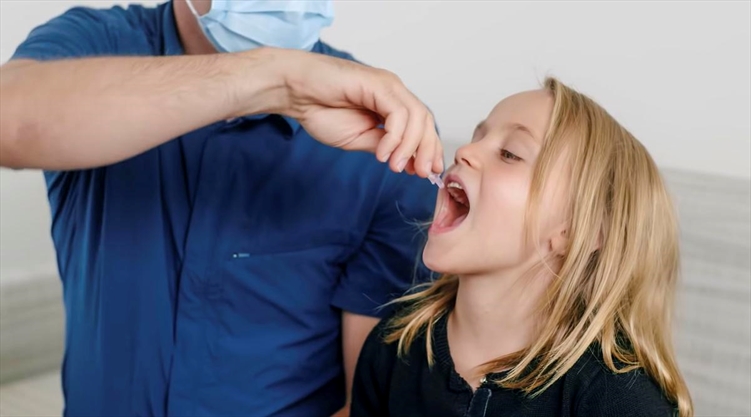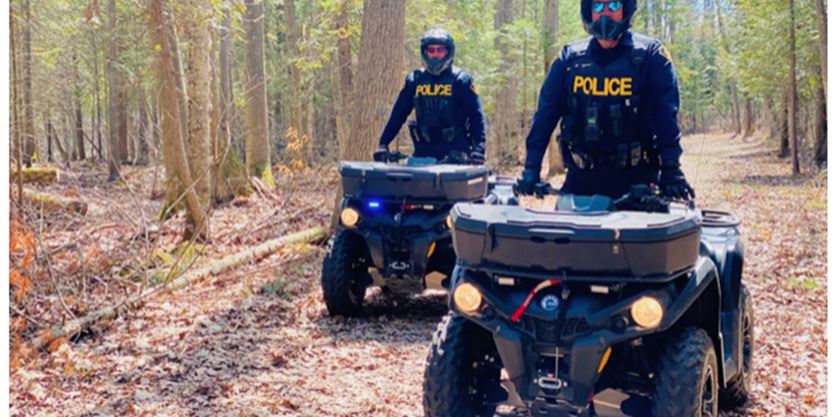Rapid tests are a game changer, Doug Ford says. Public Health Ontario’s head of microbiology has a very different view
Premier Doug Ford used the same term five times on Tuesday to describe the rapid tests the province is rolling out across Ontario: “game changer.”
The health experts tasked with advising government on their use, however, describe these tests very differently: “inferior,” “anything but game changers,” and — in private discussions, by one of the province’s top testing experts — “sh—y.”
These experts say the rapid tests could be useful in specific circumstances. But so far there is patchy evidence on how best to deploy them, and the tests come with serious potential harms, including high volumes of false results compared to the gold-standard laboratory tests — a particularly risky feature in vulnerable settings like nursing homes.
“There is no evident place where they are really helpful,” says Dr. Allison McGeer, an infectious disease specialist at Sinai Health System who consulted on the rapid-test plan. “There are a bunch of places where they may well be helpful, but they have a significant number of disadvantages, and a significant number of logistical challenges.”
Ford and Ontario Health Minister Christine Elliott announced Tuesday that the province had received 1.2 million “Panbio” rapid antigen tests and 98,000 “ID Now” tests manufactured by U.S.-based Abbott and purchased by the federal government. Rapid antigen tests like Panbio have been particularly hyped in recent months: they work like a pregnancy test and can generate results in under 15 minutes.
“We’ve been getting these tests as quickly as we can to the front lines of our health-care system,” Ford said Tuesday. “These tests right here, folks, are a game changer.”
In discussions with other experts and officials recently, Dr. Vanessa Allen, Public Health Ontario’s chief of microbiology and laboratory science, described the Panbio test as “sh—y,” the Star has learned.
Asked Thursday why she used that word, Allen said “my experience was that there is an incredible enthusiasm about the use of these tests.”
“Those were private conversations,” she added. “But I think really the message that I wanted to relay is that they do not perform the same as lab-based tests, and … we don’t have a lot of real data about their actual benefit. I think it’s incumbent on us to rapidly learn how they might be useful. But I think there are some risks.”
The two rapid tests use different technology, and the province is deploying them in different settings.
ID Now is a molecular test that detects the virus’s genetic material. The device works like a small, portable lab, generating results from nasal, nasopharyngeal or throat swabs in 15 minutes. The province said Tuesday that ID Now tests would be sent to hospitals and assessment centres in rural and remote areas, and used in “early outbreak investigations in hotspot regions.”
Panbio is an antigen test that detects viral proteins. It works like a pregnancy test, generates results in 15 minutes, and can only be used with nasopharyngeal swabs. Panbio tests have been rolled out for screening in nursing homes and other workplaces, including TD Bank, Air Canada, two gold mines, and three film and TV productions. Six long-term-care operators are receiving the rapid tests to “help inform future deployment across the sector,” according to the health ministry.
A spokesperson for Abbott cited evaluations showing that both tests are more than 95 per cent and up to 99.8 per cent accurate in accurately identifying or excluding infections in people within seven days of symptom onset.
“Both Panbio and ID NOW have both been studied extensively and have demonstrated strong performance,” the spokesperson said in a statement. “They are proving to be valuable tools in slowing the spread of the virus.”
Experts, however, cautioned that the real-world accuracy of rapid tests often differs from the settings in which they are evaluated.
“The history of rapid tests is that they perform much better in the controlled circumstances of a laboratory than they do when you take them out into the field. That’s a chronic problem,” said McGeer, a trained microbiologist.
Both McGeer and Allen cited preliminary data collected by Toronto researchers that found rapid antigen tests missed more than half of cases in a long-term-care-home outbreak. That study was small and needs to be expanded, Allen says. But the preliminary data, along with studies in other jurisdictions that showed rapid antigen tests missing between 15 and 30 per cent of infections, gave Ontario experts pause about recommending Panbio in similar contexts.
“I think we owe and have a responsibility to offer the highest standard of care — or testing, in this case — to long-term care,” Allen said. “It’s not to say antigen testing couldn’t have an adjunctive role, but we need to make sure that’s an adjunctive role.”
Researchers believe that the speed of rapid antigen tests can make up for their lower accuracy, because higher volumes of people can be tested more frequently. These devices are also most accurate when people are most infectious — the critical period to identify and isolate cases. Proponents have argued that if deployed on a wide enough scale, rapid antigen testing would be more effective than slower, more accurate lab-based PCR testing, and some modelling studies back that up.
Ontario’s deployment of rapid antigen tests reflects that thinking, putting Panbio in the hands of employers and LTC operators for regular screening, rather than outbreak management. They may be useful in that role, the experts who advised the province said — but they need to be closely evaluated, and the potential harms carefully mitigated.
False negatives — missing a positive case — could have obviously devastating consequences in long-term care, where residents are acutely vulnerable to severe disease and where almost two-thirds of Ontario’s COVID deaths have occurred. But false positives — inaccurately flagging a positive case — can also have dire consequences, says Dr. Samir Sinha, another expert who provided advice.
With one positive, “you lock down an entire unit. You’re affecting 32 people where 70 per cent of them have dementia, for example, and you’re completely disrupting their care, their routine. That actually increases the entire staff burden.” And in already understaffed homes, Sinha added, needlessly quarantining staff who aren’t actually positive, even for just a few days while waiting for a lab-test confirmation, can have profound impacts.
ID Now, the portable molecular tests, have the most potential in remote settings where getting results back from the lab can take days — in these contexts, some information is better than no information, experts said. But still, Health Canada mandates that both tests are performed by regulated health professionals — a workforce already stretched thin in many places — and requires training, oversight and evaluation. Each device can only process three to four swabs an hour, so they have volume limits, too.
Ontario’s rapid tests “are anything but game changers,” said Sinha, director of geriatrics at Sinai Health and the University Health Network.
“I think these things have been so politicized,” he added. “People are just so desperate to find quick and easy fixes here.”
Kate Allen is a Toronto-based reporter covering science and technology for the Star. Follow her on Twitter:















